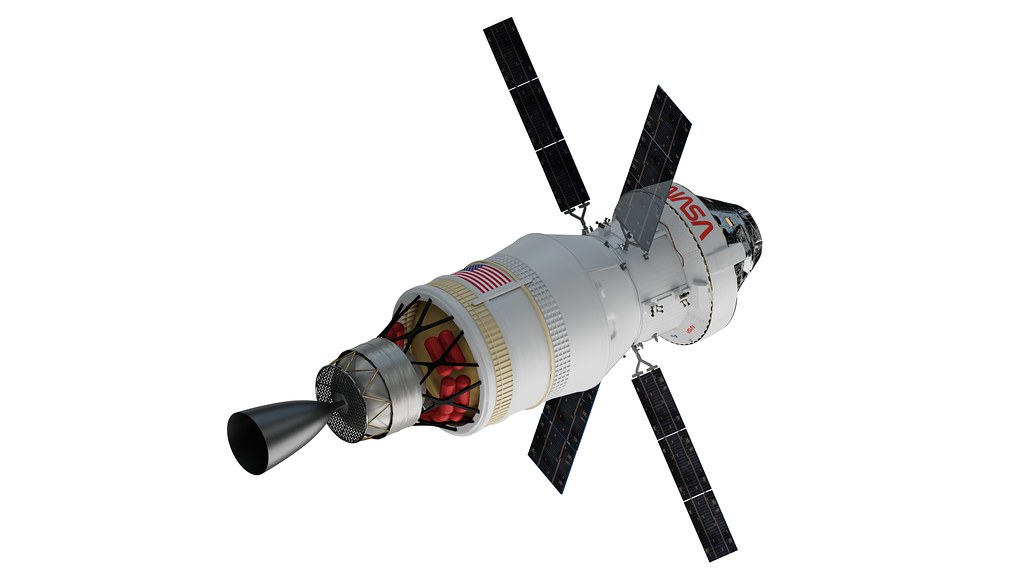Lockheed Martin and NASA Collaborating Tirelessly to Complete Artemis II Orion Assembly and Meet 2024 Launch Deadline
Lockheed Martin and NASA are nearing completion of the assembly and testing of the Orion spacecraft for the Artemis II mission. The spacecraft is expected to be mated to the service module in mid-September, and if there are no issues during testing, the work is projected to be finished by April next year. The Artemis II mission is a lunar-flyby mission that will serve as the first crewed test flight for Orion and the Space Launch System (SLS). The four-person astronaut crew recently visited the Kennedy Space Center to see their spacecraft for the first time. Although work is currently behind schedule, NASA is maintaining its late November 2024 launch forecast.
The assembly and testing of the Orion spacecraft are taking place at Lockheed Martin’s Kennedy Space Center production facility. The facility includes high bay and low bay areas known as the industrial operations zone (IOZ). The crew module and crew module adapter sets for the Artemis III and Artemis IV missions were also on display in workstations and test cells throughout the IOZ floor.
The Artemis II crew module is undergoing a final standalone test called a direct field acoustic test (DFAT) before it can be mated with the service module. This test simulates the launch acoustics that the spacecraft will experience during the mission. The spacecraft team is working diligently to keep the schedule on track while ensuring that the right technical decisions are made throughout the assembly process.
Once the DFAT is complete, the crew module will undergo further outfitting and testing to ensure it’s ready to be mated with the service module. The two modules will be physically bolted together and all electrical, data, and fluid lines will be connected. Extensive testing will be conducted to verify that all components and interfaces are functioning properly.
After the modules are mated, a vacuum test will be performed to check the functionality of the mated spacecraft. This test will take place in a newly renovated chamber inside the Neil Armstrong Operations and Checkout Building. Following the vacuum test, the spacecraft team will conduct additional checks to ensure Orion remains fully functional before it’s handed over to Exploration Ground Systems for launch processing.
While work is currently behind schedule, NASA is maintaining its late November 2024 launch target date. The agency acknowledges the need to push hard to maintain a cadence of missions around the Moon and on the surface, but also emphasizes the importance of prioritizing safety and ensuring the well-being of the crew.
In conclusion, Lockheed Martin and NASA are working diligently to complete the assembly and testing of the Orion spacecraft for the Artemis II mission. Despite some delays, the agencies are striving to meet the late November 2024 launch target date while prioritizing safety. The successful completion of Artemis II will mark an important milestone in the Artemis program and pave the way for future crewed missions to the Moon.
